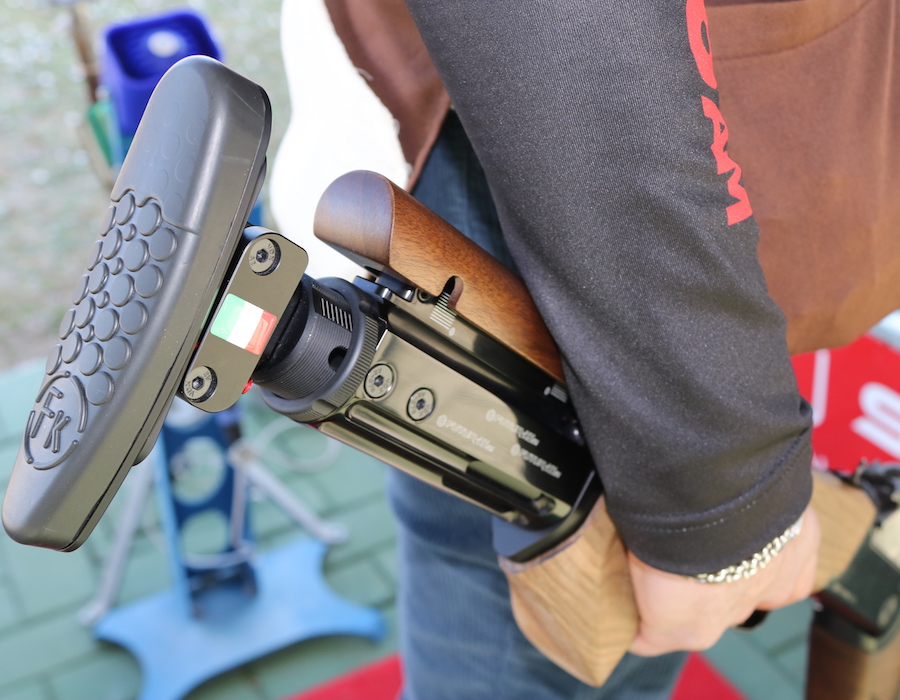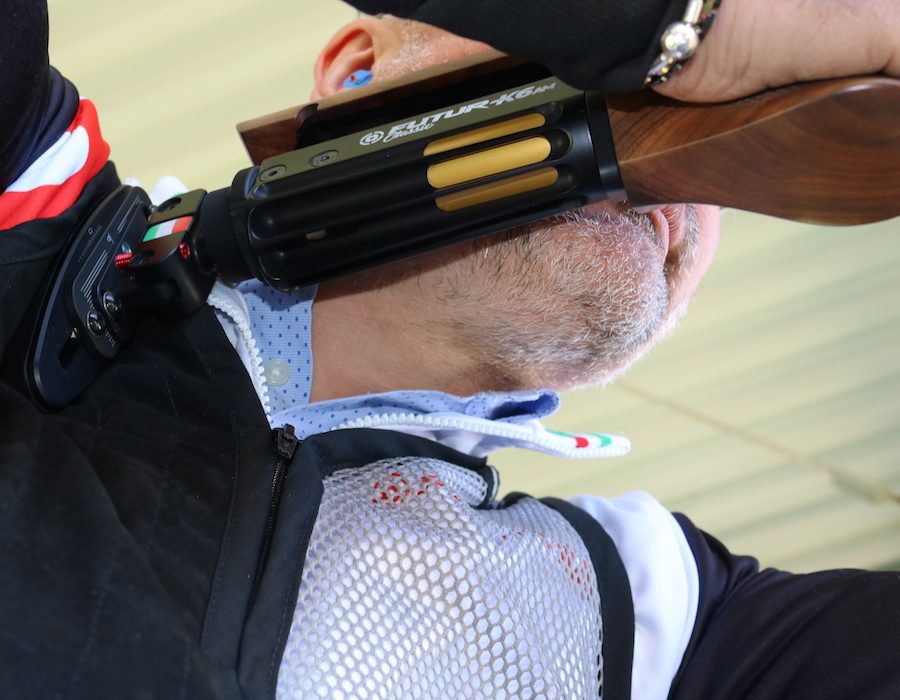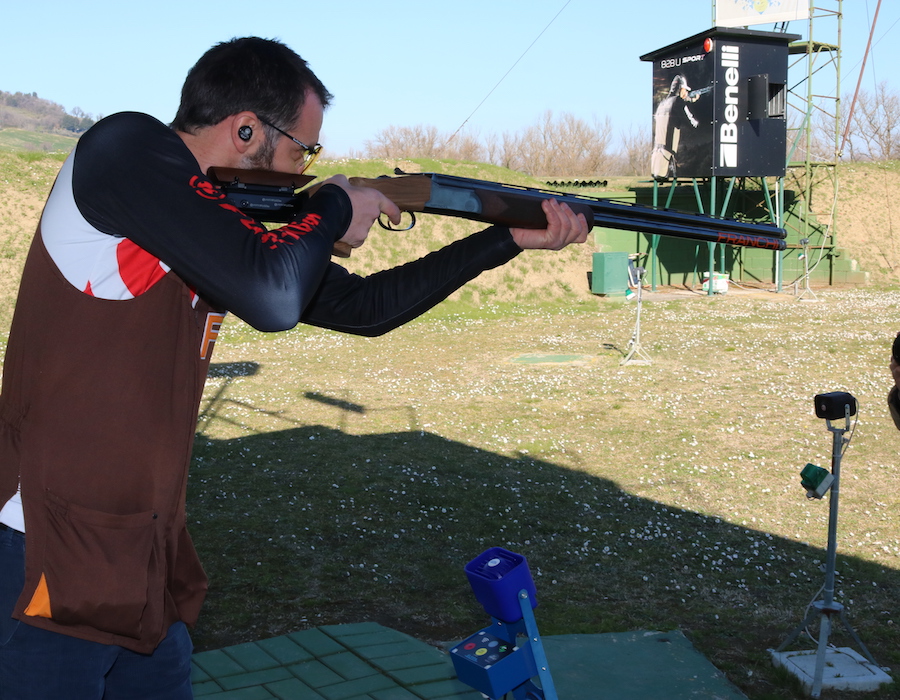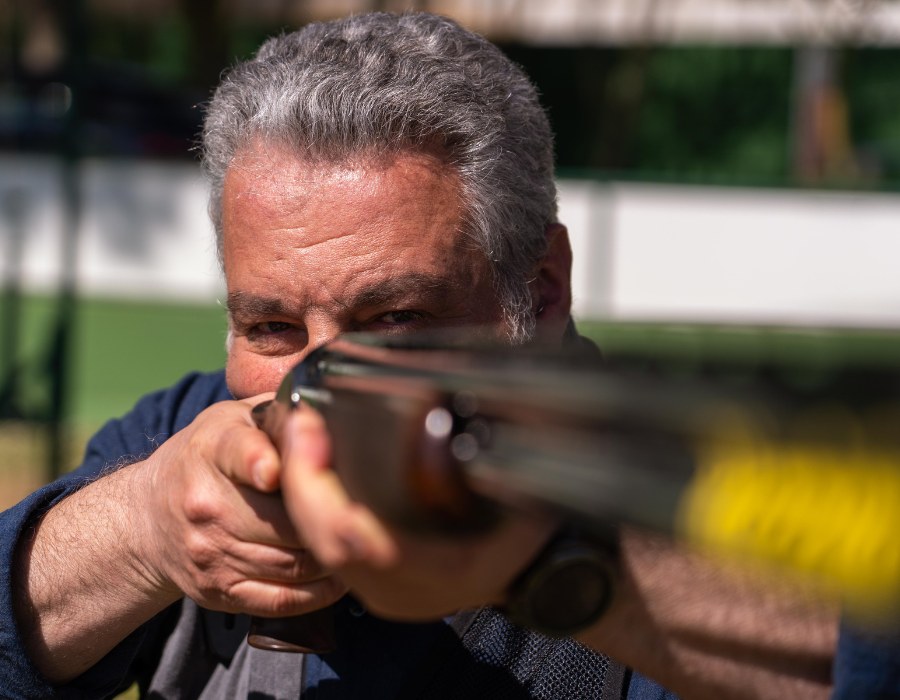The ability to break targets on the shooting range is not only natural aiming and shooting skills that can benefit a shooter. Much more often, they result from preparatory work done indoors, at a gym or at home, if you can’t go to the shooting range.
In fact, once the competitive season and outdoor training at the shooting ranges are over, informed and mindful shooters know that to maintain an adequate standard, they must take advantage of these periods and take care of their bodies.
Thus we have discovered a very different form of training from that practiced in the fields. Shooters understand well that to obtain excellent results in competitions, their shooting skills, schemes, techniques, and aim must be supported by a resistant, toned, and elastic body.
Also, remember that the body’s operations center governs everything—the brain, which must be trained to support stress and negative thoughts, which can distract you from the target.
Even in the off-season, when you can’t go to the shooting range, continuous training will allow shooters to face the various and effective training techniques for clay pigeon shooting better once back on the pitch.

Proper athletic training… when you can’t go to the shooting range
There is no doubt that the main training in clay pigeon shooting only consists in doing series after series with your own stamina and concentration, measuring yourself and trying to simulate the same atmosphere and the same conditions you face during competition.
But, it is also well known, that the number of series and shots is not directly proportional to your competitive performance improvement.
In fact, clay pigeon shooting is still a competitive sporting activity for those who practice it at this level and, therefore, needs to have an athletic foundation on which to base the activity.
Especially when there are prolonged periods of rest, coinciding with the winter season, for example, those who practice clay pigeon shooting cannot suspend all forms of training and contact with their shotgun and acquired settings.
They must also keep fit by following preparatory activities before returning to the field. Maintaining optimal physical and mental standards is necessary to help you face the new competition season that will begin shortly.

Which parts of the body should you train?
Let’s go in order and see which parts of the body need to be trained more before getting back on the platform and facing training and competition sessions.
Athletic work can be done ex-ante, preparing the body to face and sustain the tensions produced by this sporting activity, although it is considered “static”.
In fact, the body is a load-bearing structure made of muscles, fibers, and tendons, which must allow the shooter to support the weight of the shotgun, withstand the recoil of the numerous shots fired, and instantly execute the “orders” of the brain while following patterns and rules.
The training must be well organized and aimed at parts of the body that are more subject to stress or that, if well-trained, help you improve your results.
A well-trained body will be able to better withstand the stresses it is subjected to during stressful training and competition sessions.
Train the lower body
Starting from the lower trunk of the body, the legs must be well trained. Well-toned quadriceps and calves will more easily support the weight of the body and the shotgun.
And this is not only for the long periods that you have to spend standing while passing from one position to another but also and especially aiming and shooting phase.
In fact, during this phase the weight of the body leaning forward with the shotgun on your shoulder rests on the lower limbs for the whole time, from the deployment of the shotgun to the call, to the aiming and the shot.
The lower muscles can be trained by simply running or with exercises such as squats or lunges, calisthenics, or gradually adding weights.
Train the upper body
Concerning the upper trunk, it is fundamental to train and strengthen the arms.
Well-trained and strong arms and forearms will help you handle the shotgun optimally, that is, to set it on your shoulder and keep it well in line with the target during the shot, especially after firing the first shot.
And, if you’re not successful, it helps you resist the opposing forces of recoil and rotation to allow you to hit the target with the second barrel.
Strong arms guarantee an excellent grip of the shotgun and favor your aiming and swing of the shotgun, allowing you to reach the target quickly.
Well-trained arms will withstand the great weight of shotguns and must be trained by performing bends and rhythmically lifting loads whose total weight must be at least double that of the shotgun used.
Today, bearings, recoils, and cushioning systems such as those prepared by wood-aluminum stocks, help the shooter a lot to withstand the repercussions of the numerous shots fired.
The fact remains, however, that the shoulder on which the stock rests is heavily stressed and suffers a lot of trauma due to the numerous recoils.
Therefore, it is necessary to develop a good musculature that resists blows and protects the ligaments, also strengthening, in this sense, the large pectorals, whose extremities protect this important part of the body.
Furthermore, if well trained and strengthened, the lumbar muscles will support the weight of the body during aiming and shooting, relieving the back from tension and sudden movements.
Many still believe that abdominal muscles are very important. In fact, if well developed, they will help the shooter in the reaction phase to the sight of the target by triggering the movement that will allow them to move and cover the target to hit it.
The lateral muscles are very important because they help a lot with fast crossers by favoring the bust’s rotation.
In particular, these muscles can easily be trained at home by performing oblique abdominals and twisting with a stick, thus making the rotation of the upper trunk more fluid and easier.

Gain confidence with your shotgun
To train from a physical point of view, it is sufficient to us training cards that explain the exercises and movements. If you don’t want to train at home, you can always rely on a good personal trainer who understands your needs and purposes of training.
Another aspect of training outside the shooting range concerns the confidence that the shooter should develop with their shotgun.
Acquiring the patterns and movements and the methods of holding the shotgun by aligning the pupil, rib, and front sight are necessary aspects that can be acquired with constant practice.
For this, it is important, even during the off-season, not to abandon contact with your shotgun, for example, by mounting and dismounting it several times during the day.
Even more important is taking advantage of the months off from the activity to properly clean your shotgun and do some small maintenance work.
If you position yourself in front of a mirror to observe your movements, you can improve your shouldering phase, aiming and the subsequent swing to the right, left, and upwards.
This exercise is very important because observation allows you to correct and eliminate incorrect movements, helping you memorize the correct ones.
In addition, the slow repetition helps you strengthen your body and make your muscles register the correct movement for later on the platform.

Why are stretching and breathing exercises important?
In addition to strengthening your physical structure, stretching your tendons is very important.
Doing stretching exercises with your shotgun in hand also has a dual purpose. It stretches your tendons and muscles and increases your confidence with your shotgun.
Another important aspect is breathing, especially diaphragmatic breathing. It will help you relax your body, especially your mind, freeing it from thoughts, fears, and stress, which can cause a general delay in your movements.
Clay pigeon shooting must be a balanced combination of reason, rules, and instinct, without one overriding the other and causing you to waste energy and have poor results.
To do this, patterns, movements, throws and trajectories must first be absorbed by the brain.
This scheme will initially slow down the shooter’s instinct, which instead immediately leads them to search, engage and shoot down the target.
Once they are able to internalize the acquired patterns and make them instinctive, they will be able to achieve the best results by allowing their regulated instinct to take over at its best.
These processes are favored by a shooter with a relaxed mind who is capable of keeping their mind blank, which is necessary for good performance.


